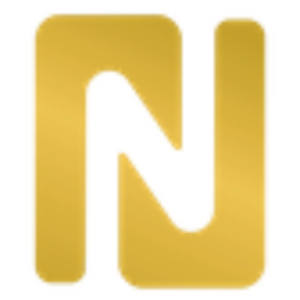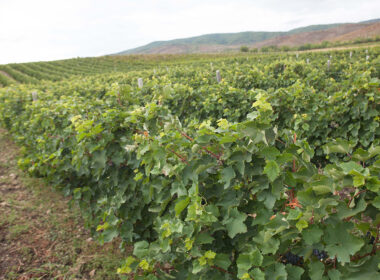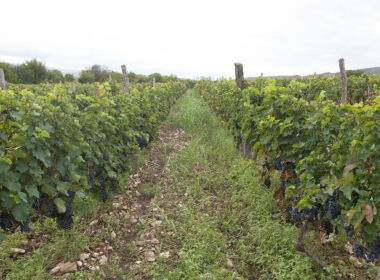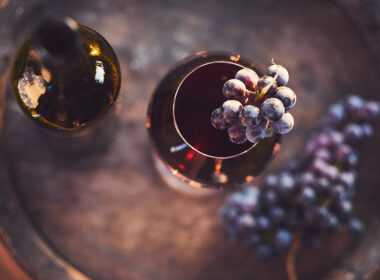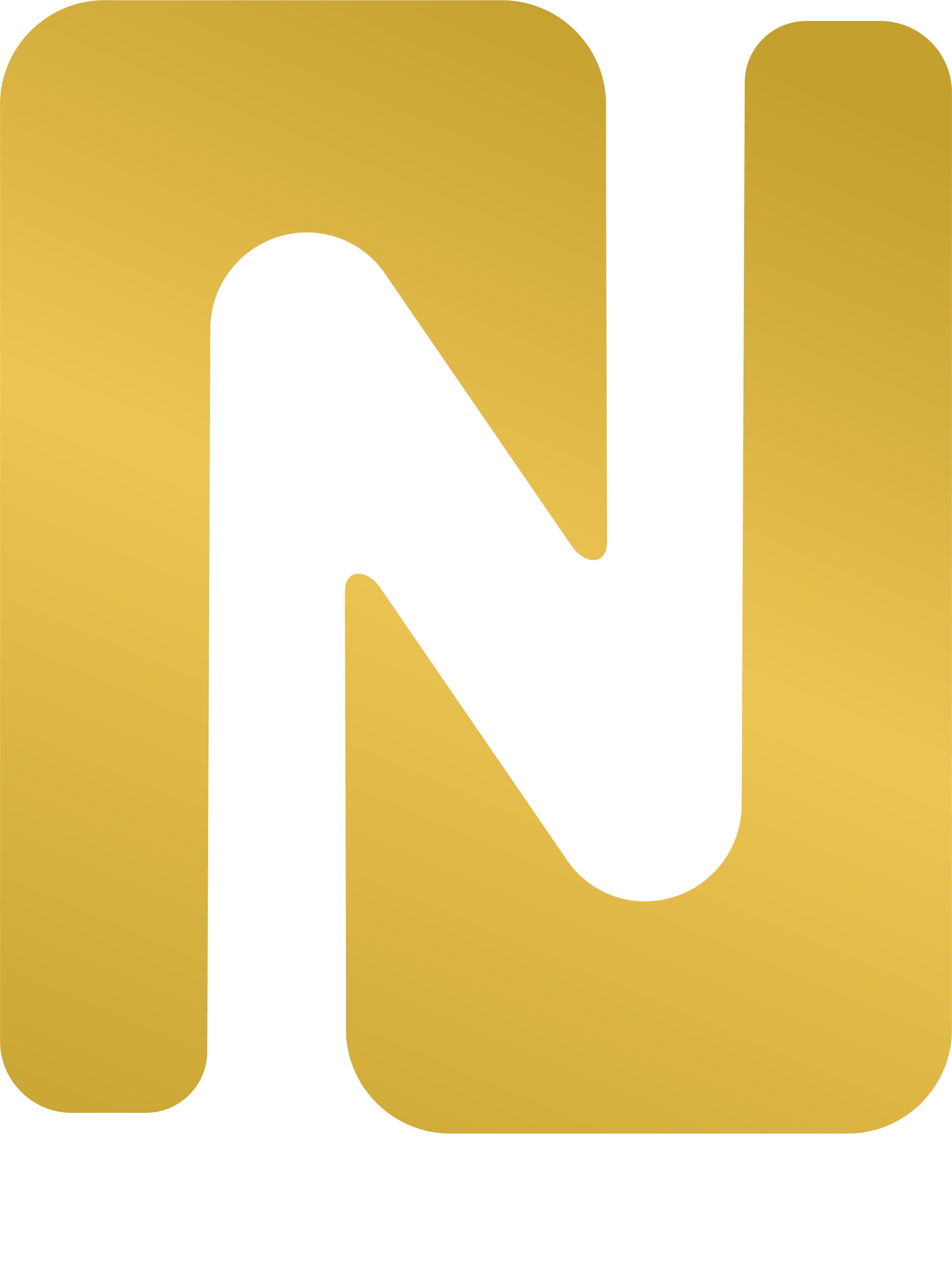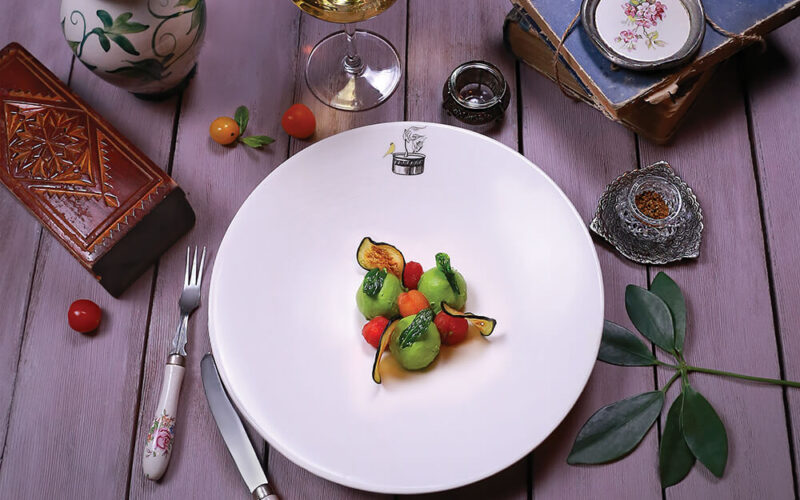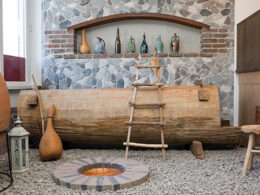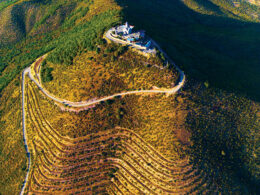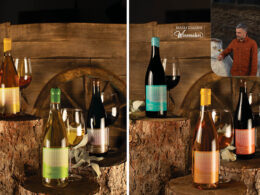Tazo Tamazashvili
The host of Food & Wine rubric is Barbarestan restaurant – an exceptional place to try best wines and specialty dishes. This restaurant, where dishes are made from the recipe book of famous 19th century Georgian writer and chef, Barbare Jorjadze, is included in the list of 50 Best Discovery restaurants. Food connoisseurs will appreciate its traditional dishes, that have exceptional taste and sophistication of art pieces. The topic of the rubric is wine made from foreign grape varieties, assemblage of Georgian and foreign varieties, their potential in Georgia, tastings and pairing with food. Sommelier Tazo Tamazashvili and professor David Chichua discuss the history of foreign grape varieties in Georgia and their pairing with food.
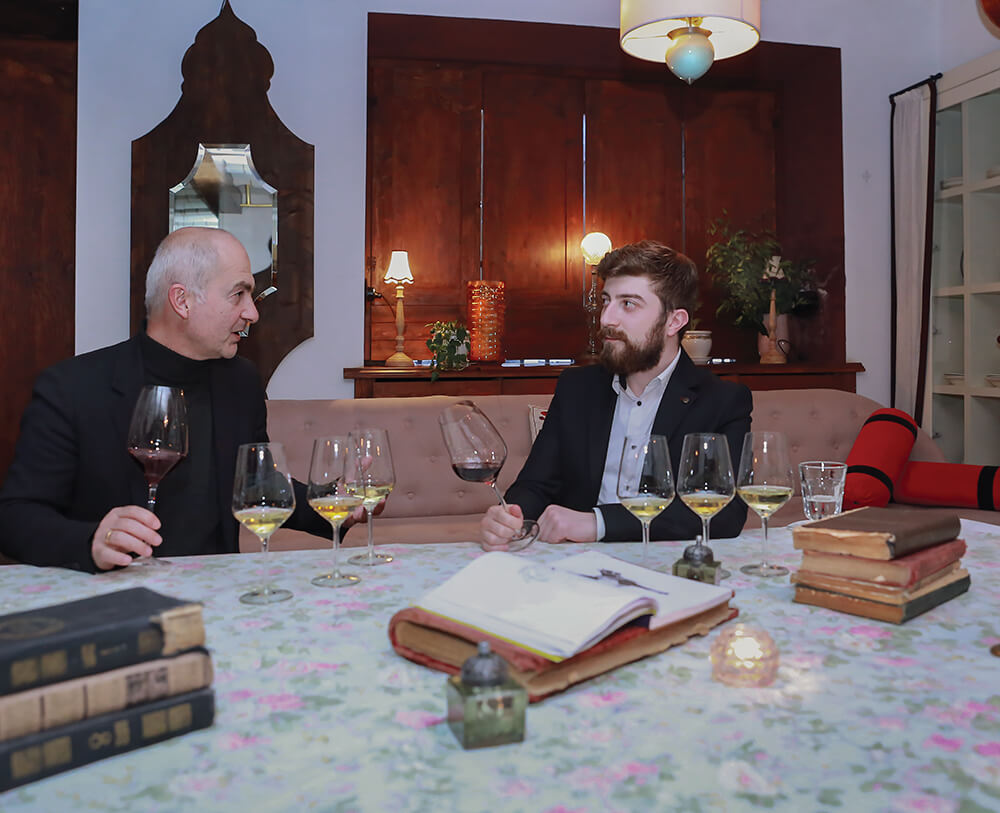

The history of foreign grape varieties in Georgia
David Chichua: the history of foreign grapes in Georgia starts in the second half of the 19th century. However, thousands of years before that, the first cultured grape varieties exported from Caucasus (Georgia and neighbouring countries) played an important role in establishing European grape varieties. So, what starts in the second half of the 19th century is, in fact, the return of our distant relatives – grape varieties created by European selection – to their homeland, Georgia.
Before we dive into the history, its is worth nothing that a number of sources in the past speculated about the origins of some Georgian grape varieties, saying that they were not local, but exported from Europe. Word spread about “Tsulukidze Tetra” that it was, in fact, Aldilio that Prince Tsulukidze brought to Racha in the Middle Ages, or that “Usakhelouri” was allegedly “Merlot”. However, to this day, there is no scientific proof behind these allegations.
As I mentioned above, 19th century saw a massive import of tried and tested grape varieties from Europe to Georgia. The first varieties that successfully established themselves in the country were “Cabernet Sauvignon” in Kakheti and “Chardonnay” and “Aligoté” in Kartli. “Chardonnay” could also be found in West Georgia. However, far from the rest of the world, it did not receive the same recognition in Imereti, Racha and Kartli. The opposite can be said for “Aligoté”, which unlike its place of origin, gained popularity in Georgia.
Tazo Tamazashvili: “Aligoté” is not so popular in France, you can hardly find its “Grand Cru” anywhere. It is more of a table wine, or a grape used in assemblage. In Georgia, however, “Aligoté” is used in combination with “Pinot Noire” and endemic “Chinuri” and “Goruli Mtsvane” grapes to make “Atenuri” wine from Ateni PDO.
Aleksandre Chavchavadze from Kakheti region and Ivane Mukhran-Batoni from Kartli were prominent in imports of foreign grape varieties from Europe. They were also credited with spreading the classic way of making wine in Georgia. You can find 1890 and 1900 vintage “Pinot Noire”, “Riesling”, “Cabernet Franc” and “Cabernet Sauvignon” in wine cellars of Aleksandre Chavchavadze’s house-museum in Tsinandali. It would be fascinating to see how the wine was made from said varieties, how they used European technologies in those days.
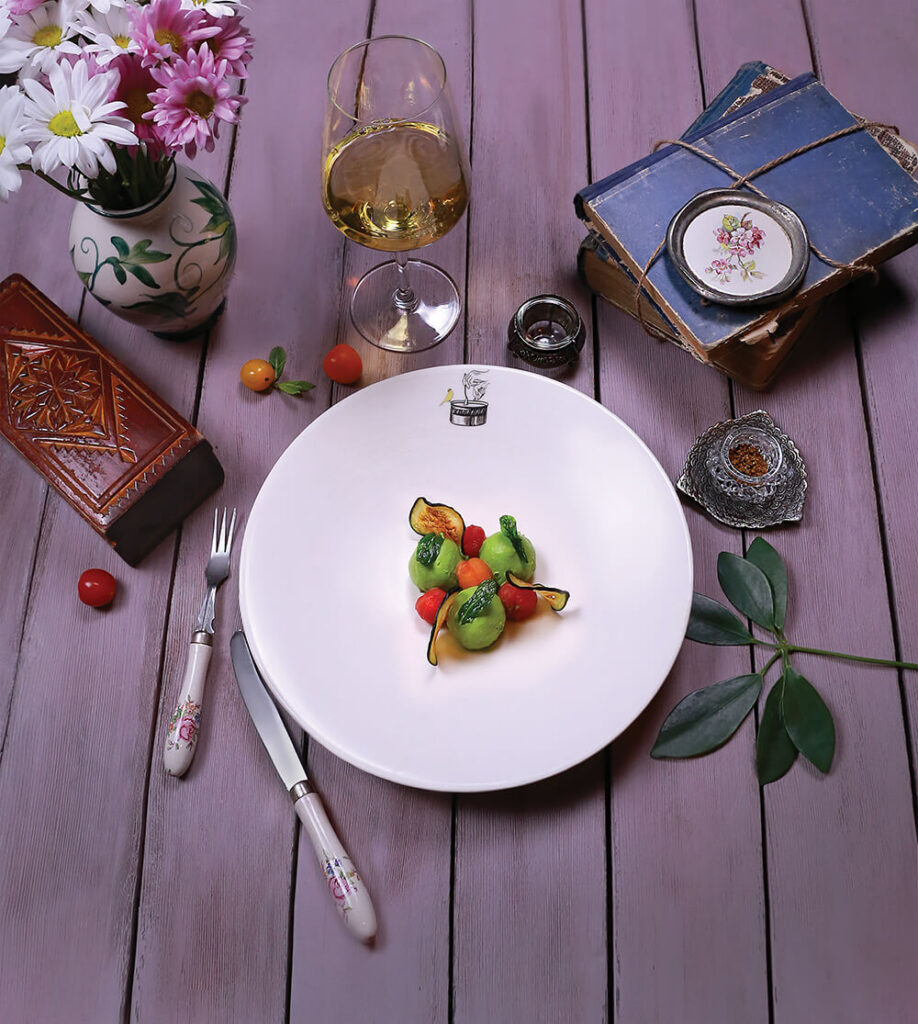
David Chichua: Experimenting with foreign grape varieties continued through 20th century. During the Soviet Era, various technologies were used to make wine from these varieties. This gave way for the success of sparkling wine made from “Pinot Noire” – a variety that practically became dominant in cold regions (especially villages in Khashuri region), where it gave a great yield. In the context of sparkling wine, “Pinot Noire” was a great discovery.
The next stage of history of foreign grapes in Georgia starts in the 21st century. In the early years of the country’s independence, a new direction emerged: establishing wine made from foreign varieties on international markets. This direction is not so trendy today, however its development had its positive effects, such as vineyards of “Cabernet Sauvignon”, “Cabernet Franc”, “Merlot”, “Shiraz” and “Pinot Noire” spread through thousands of hectares. I can’t argue about its success from a marketing standpoint, however, from the quality side, we have great success with blends, such as “Saperavi” and “Merlot”, or “Saperavi” and “Cabernet Sauvignon”.
When we speak about assemblage, or cepage and coupage of various grapes, we think of synthesis of two great varieties. Each variety has its own unique characteristics, which the winer expects to successfully combine. You may ask: why would a successful variety such as “Chardonnay” or “Cabernet Sauvignon” need to be, somehow, corrected or improved with Georgian varieties, when they are loved and admired on their own around the world.
David Chichua: I want to share the main goal in the selection of our varieties for thousands of years – Georgian varieties, especially ones from Kakheti region, were meant for winemaking in “qvevri”. They always gave and give the greatest result using this traditional method. However, if we want to get an ideal white wine without grape must (“chacha”) fermentation, we will come across one challenge: unlike many European varieties, our grape is not characterised with expressive aromas. In addition, it lacks acidity, which is considered a plus for “qvevri” wine, but a disadvantage for a classic white wine. So, if we want to use diverse technologies of production – fortified, sparkling or classical white wines – we have to add foreign varieties that will help us get the needed aroma and balance.
Let’s take “Otskhanuri Sapere”, for instance. It clearly requires a “partner”, so to speak. We’ve tried combining it with “Dzelshavi”, “Mgaloblishvili”, “Aladasturi”, so why not try it with cold climate grapes, such as “Sangiovese”, or “Tempranillo”?! A lot of bold ideas could become legitimate, and we think Georgia can explore some of them in future. We have 525 varieties in Georgia and creating their cepage and coupage requires a lot of efforts. So we expect a lot of experiments in future.
Potential of foreign varieties in endemic regions and Georgia
We know that there are universal grape varieties that adapt to any climate. The diversity of winemaking in the world rests upon the notion that climate and soil are different in each part of the world, and each climate-soil combination is best for a specific grape. Each grape variety is grown in conditions that bring out its best characteristics. So, before introducing a foreign variety to Georgia, we select appropriate conditions for them. There are cases where locally grown foreign varieties give better results than their original locations. There are a couple of examples to illustrate this, for instance, “Chardonnay” in California, or a new hit, “Sauvignon Blanc” grown in New Zealand. Despite these new discoveries, however, foreign varieties rarely occupy a leading position in Georgia.

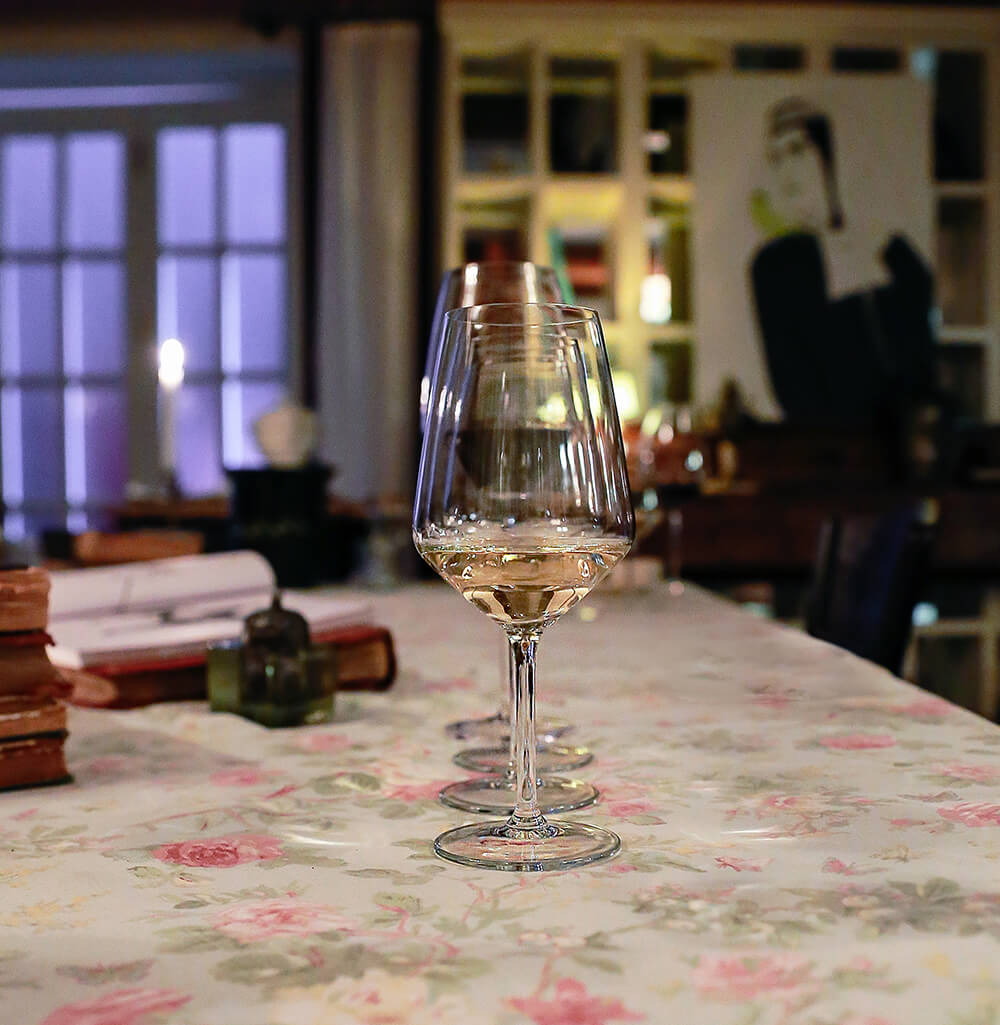
Tazo Tamazashvili: One of the reasons why foreign varieties are not so popular in Georgia is because of their improper introduction to the region. For instance, I can’t say I agree with growing “Pinot Noire” in Kakheti, because it “feels” best in colder and transitional climates. Another reason is a low demand for foreign wines in the country.
David Chichua: Our local market is not really ready for substitutions. Despite Georgians being very open to European culture, we have our own priorities in winemaking and they are connected to Georgian grapes. Experiments made at the end of 20th century and in the beginning of the 21st, such as trying “Pinot Noire” in Kakheti, are now rare, however still going on. And it is a healthy process. I think that alongside the revival of old Georgian varieties, we have to test foreign grapes as well. These experiments are very interesting, but they will never become mainstream or a dominant trend.
Tazo Tamazashvili: It shouldn’t become mainstream, since we have so many endemic varieties in Georgia, so there is no need to establish foreign varieties as mainstream. This, however, does not mean that we should not know foreign grapes and wines. On the contrary, it is crucial and is always a part of the agenda.
Food and wine pairing
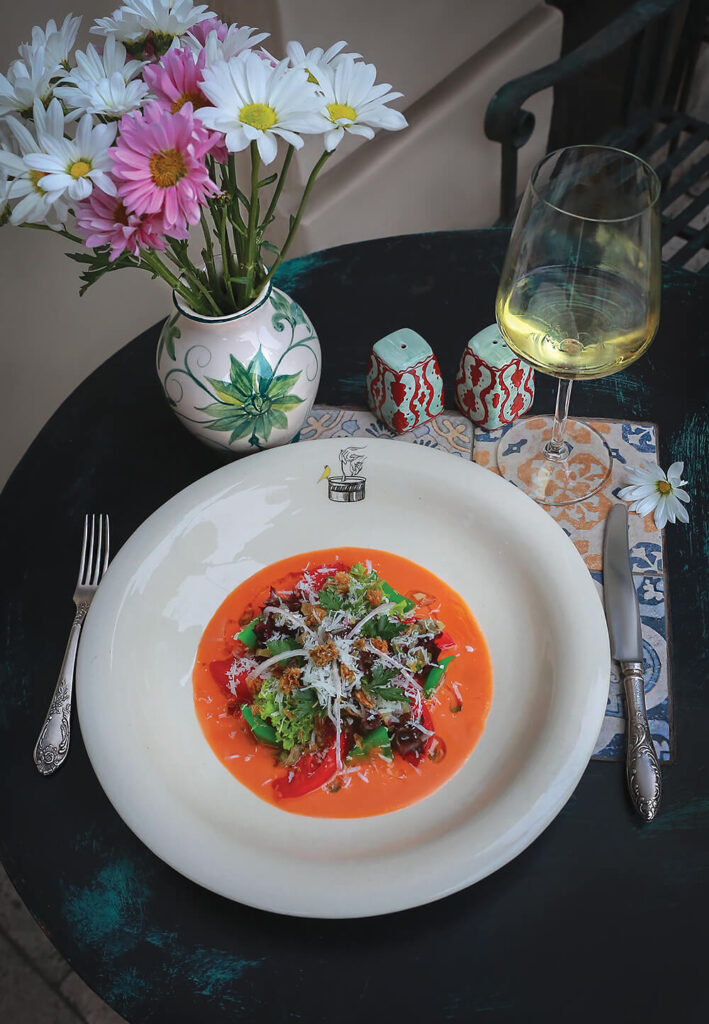
“Chateau Mukhrani” “Chardonnay” | 2017
Wine characterised with citrus, white tree fruit and flint aromas. Soft and velvet taste. Best paired with fresh vegetable salads and specific assortment of seafood dishes. The saltiness of seafood neutralises the acidity of chardonnay, giving it a delicate aftertaste.
“Life” “Sauvignon Blanc” | 2018 | Qvevri
Different and very interesting wine. Distinct from traditional Kakhetian wine, characterised by sweet dried fruit aroma. Has yellow tree fruit and citrus zest aroma and lively acidity. Generally, “Sauvignon Blanc” ripens early in Kakheti and is not high in acidity. Has a pleasant and lively acidity, when made using Kakhetian method, which compensates the deficit in tannins.
Very delicate wine that has to be paired with specific dishes. This is not the wine to simply open and consume. It complements certain dishes and is best with baked vegetables, poultry, especially turkey meat or Chakhokbili, prepared using traditional Georgia recipes. Poultry stewed in tomatoes is the best dish for this wine and Georgian cuisine has an abundance of such dishes, be it chicken or quail.
Dakishvili Family Selection | CUVEE | 2019
This is an assemblage of “Saperavi” and “Cabernet Sauvignon”, with a well established fruit aroma, characteristic of both varieties. Has distinct blackberry and currant tones. Has a complete and a well-established aroma. Despite it being a 2019 wine, it does have aromas of a young wine that would interfere with its diversity.
Has a round finish, with a body, a synthesis of complex acidity and tannins. Due to its body, the aromas stay through to aftertaste. Such a structured wine is best with red meats – pan fried or baked pork, veal stewed in Saperavi, or baked veal shoulder.
“Chateau Mukhrani” “Savugnon Blanc” | 2013
This wine of 8 years has established itself very well. When tasting, you know that it is not scared of ageing and will withstand a decade to come. Has a distinct tropical fruit aroma, with a developed floral, honey, caramel, overripe melon and maracuya aromas, characteristic of older wines. This wine is ideal with deserts – pelamushi, or a specialty smoked sulguni cheesecake. Pairs well with blue cheeses with honey and raisins.
